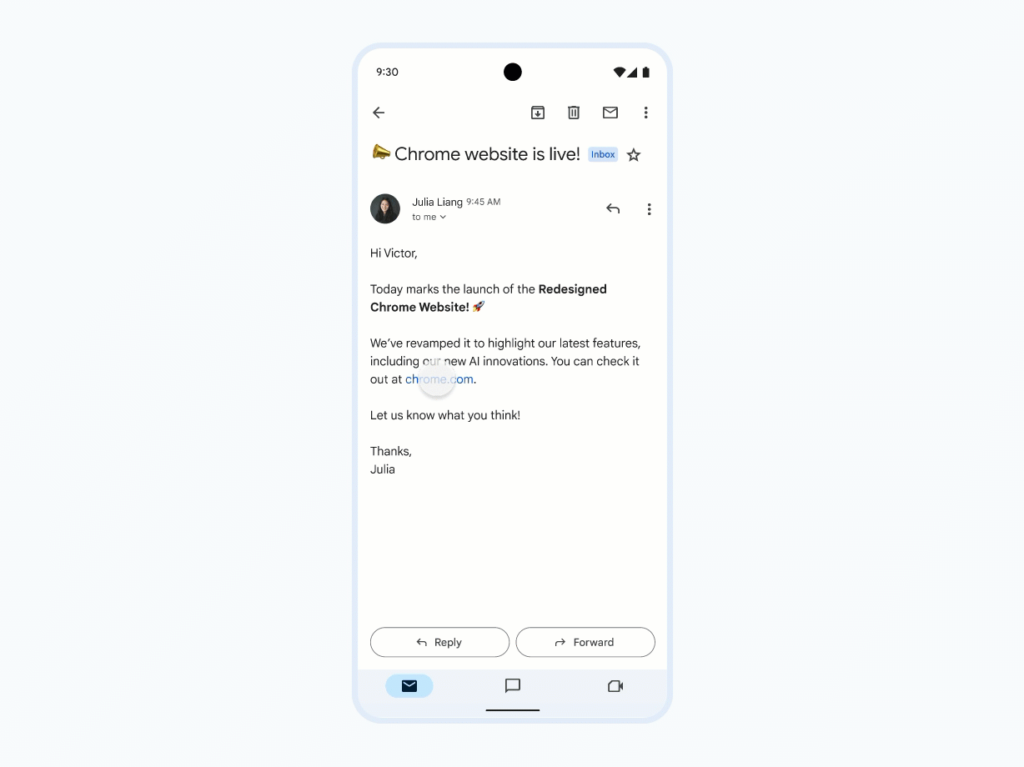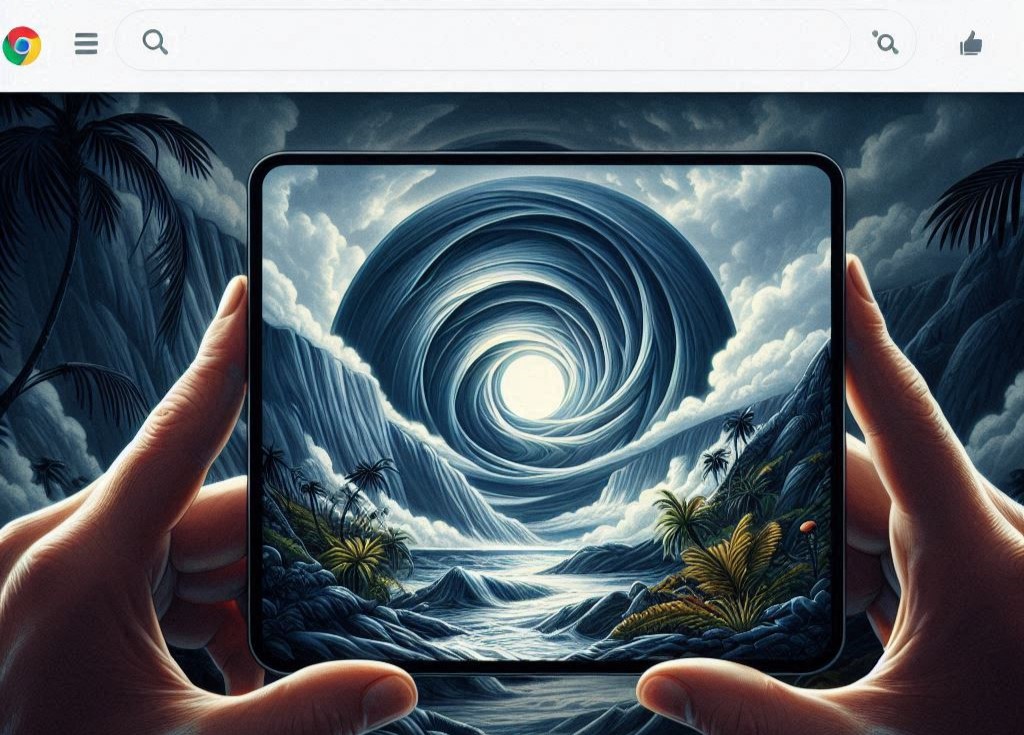The popular Google Chrome browser has finally included ‘picture-in-picture’ mode, keeping with other browsers like Microsoft Edge.
In light of intensifying competition in the browser industry resulting from advancements made by startups such as Arc and others, Google is also preparing to implement a significant operational change to its Chrome browser. Wednesday, the organization disclosed introducing “Minimized Custom Tabs,” a novel functionality enabling users to effortlessly navigate between their web content and a native application with a single tap. The Custom Tab transforms into a picture-in-picture window atop the native application’s content.
The novel inclusion emphasizes the utilization of Custom Tabs, an Android browser feature that enables application developers to incorporate a personalized browser experience within the application. Utilizing Custom Tabs allows users to browse within their application without launching a WebView or their native browser, neither of which supports every feature of the web platform. Developers’ use of Custom Tabs can increase app engagement and decrease users’ likelihood of abandoning the application without returning.

By transforming the Custom Tab into a picture-in-picture window, transitioning to the web interface may appear more seamless and as though the user is still within the native application. Additionally, developers who direct users to a website to register for subscriptions or accounts may find this modification beneficial, as it facilitates the user’s transition between the website and the native application.
When the Custom Tab is minimized to the picture-in-picture window, it can be attached to the side of the screen. Tapping a down arrow while the page is in the maximized state will once more reduce it to the picture-in-picture window size.
The introduction of the new web experience coincides with Google’s efforts to integrate web access more deeply into the Android operating system. By utilizing AI-powered integrations such as Circle to Search, individuals can navigate the web using gestures like highlighting or circling objects.
The modification will be implemented naturally wherever developers are already utilizing Chrome’s Custom Tabs as it surfaces in the most recent version of Chrome (M124). Google notes that although the modification affects Chrome browsers, other browser manufacturers anticipate implementing comparable functionality.
